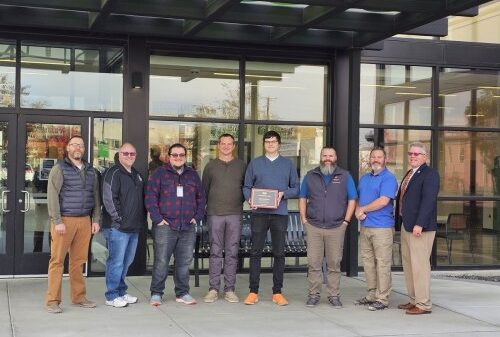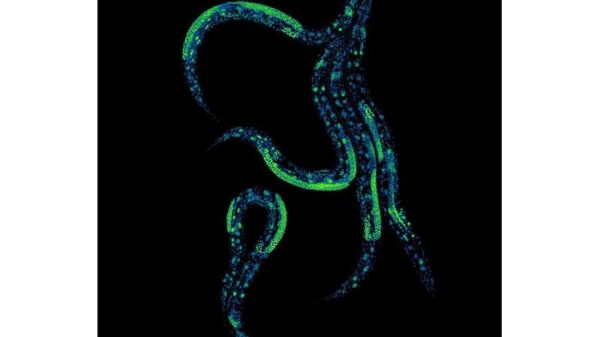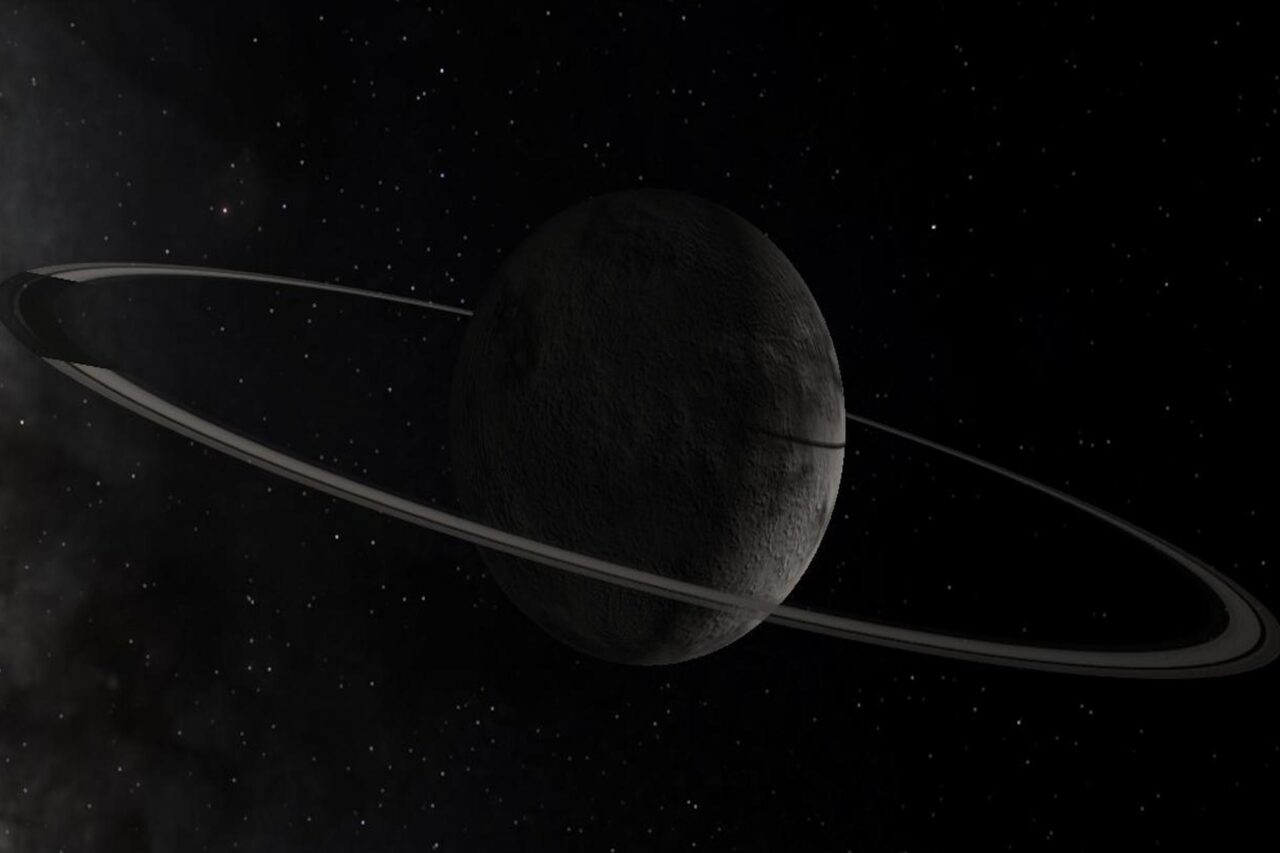BREAKING NEWS: Astronomers have just confirmed that the small icy world, Chiron, located in the outer solar system, is forming a ring system right before our eyes. This rare and exciting celestial event offers scientists an unprecedented opportunity to witness the dynamic evolution of cosmic bodies.
A team of researchers from Brazil made this groundbreaking discovery using the Pico dos Dias Observatory in September 2023. They observed Chiron as it crossed the path of a distant star, noting multiple dimming events in the star’s light. This unusual pattern strongly suggests the presence of rings or possibly a cometary tail surrounding the enigmatic centaur.
According to the findings published in The Astrophysical Journal Letters, the team led by postdoctoral researcher Chrystian Luciano Pereira identified three well-defined rings forming at distances of 170 miles (273 kilometers), 202 miles (325 kilometers), and 272 miles (438 kilometers) from Chiron. A fourth, more distant ring has also been detected at approximately 870 miles (1,400 kilometers). This evolving system represents a significant change from previous observations.
The implications of this discovery are profound. If confirmed, Chiron could provide critical insights into the formation processes of ring systems, similar to those found around gas giants like Saturn. Notably, these rings are typically formed from debris that a celestial body captures within its gravitational field.
Discovered in 1977, Chiron was the first object identified between Saturn and Uranus that was not classified as a planet or a moon. Its discovery initiated a new category of celestial objects known as centaurs. Until now, the most intriguing question surrounding Chiron has been whether it hosts its own system of rings.
As astronomers continue to study this developing phenomenon, they aim to gather more observations of Chiron as it transits in front of distant stars. The hope is to clarify the nature of the surrounding material and confirm the existence of these rings, which may be evolving in real time.
This discovery of a potential ring system around Chiron has captured the attention of the scientific community and space enthusiasts alike. It underscores the dynamic and ever-changing nature of our solar system, reminding us that even small worlds can play a significant role in understanding the cosmos.
Stay tuned for more updates as researchers continue to monitor Chiron and its evolving ring system, which could reshape our understanding of celestial formations and their histories.





































































